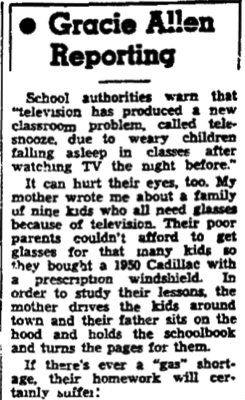An Igorot With A Tail, 1925 —
Here's a case of a fake "viral" image that made its way into the scientific literature back in 1925, demonstrating that the phenomenon of strange, doctored images circulating around existed long before the internet, although the internet certainly boosted the phenomenon to new levels.
The 1925 case:
In the fourth edition of his book
I Believe in God and in Evolution, published in 1925, William Keen included a short account of "Human Beings With Tails":
Human Beings With Tails
The literature as to tails in human beings is extensive. Cases have been reported from every continent, and, including the United States, from almost every important nation in the world.
Virchow and Sir Arthur Keith, the distinguished Curator of the Hunterian Museum of the Royal College of Surgeons of England, London, than whom there can be no better authorities, and other well known writers, refer to cases of genuine tails. Some of them contain no bones, but others have rudimentary vertebrae, with complete joints between them. The microscope also shows in some cases sufficient muscular fibers to have made the tails capable of movement.
These tails are continuations of the lowest vertebrae. The 'coccyx,' the usual termination of the spine, is the representative in man of these occasionally well developed tails. All of us have potential tails. In early embryonic life of man there is a well developed tail which, however, soon shrivels, leaving only the coccyx.
It is a very significant fact that the anthropoid apes, gorilla, chimpanzee, etc., like man, have also lost their tails. The monkeys, much more distant from man have retained their tails.
Keen then provided a photograph that showed a person with a tail.
A caption offered this explanation:
Photograph of an
Igorot in the Bontoc Province of the Philippine Islands. It was taken early in 1925 by Mr. John Freeman, (Dr. Keen's grandson), whose guide and interpreter persuaded the man to be photographed. The tail is about five inches long. It also shows in the shadow.
But soon after publication, Keen sent a rather embarrassed "Correction" to the Journal
Science (Apr 2, 1926). After noting that he still believed there were cases of humans with tails, he wrote:
The correction I wish to make is as follows: In my book "I Believe in God and in Evolution," I have included in the fourth edition a photograph of an Igorot with a tail, which I vouched for as I understood that it had been photographed by my own grandson, Mr. John Freeman.
A few days ago within a few hours of each other, I received letters from Dr. Ales Hrdlieka, of the division of physical anthropology of the National Museum of the Smithsonian Institution, and Mrs. Ella F. Grove, who a year ago had been doing some work in the Philippines for the National Research Council. Both of these correspondents stated that the Bureau of Science in Manila had shown them the original of this photograph which showed that it was a fake photograph, the tail having been added to the original by a photographer, I suppose as a joke.
On communicating with my grandson I find that I misinterpreted his letter and that he did not photograph this Igorot.
My argument that human tails (of which I have shown there are very many undoubted instances) prove our animal ancestry is not in the least disproved by my having unfortunately used a photograph which further investigation has shown to be a fraud, for there are plenty of genuine tails.
My whole object is to state the truth, and when any statement I have made is proved to be wrong, I wish to be the very first person to disclose the error.
Dr. Hrdlieka adds "As to the occurrence of tails of course I am with you in every particular."
Apparently the Igorot people have long suffered from discrimination in the Philippines, which has included the claim that Igorots have tails. This photograph must have been one photographer's attempt to forge some evidence to back up this popular racist belief.






























